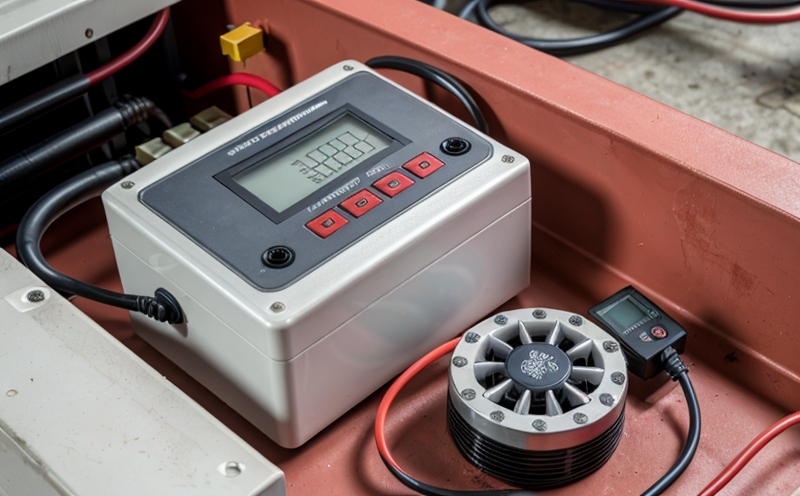Battery Overcurrent Testing: Ensuring Safety and Reliability in Power Systems
Battery overcurrent testing is a crucial process that involves simulating high current conditions to ensure the safety and reliability of power systems. This type of testing is essential for identifying potential issues with batteries, electrical circuits, and other components before they cause damage or lead to system failures. In this article, we will delve into the importance of battery overcurrent testing, the different types of tests involved, and provide a detailed explanation of the process.
Why is Battery Overcurrent Testing Important?
Battery overcurrent testing is vital for ensuring the safe operation of power systems, particularly those that involve high-voltage and high-current applications. Batteries are often used in critical systems such as data centers, hospitals, and emergency power supplies, where failures can have severe consequences. During a test, the batterys ability to withstand high currents without overheating or short-circuiting is evaluated. This helps identify potential issues with the battery, electrical connections, or circuitry that could lead to system failures.
The importance of battery overcurrent testing extends beyond safety concerns. Regular testing also ensures the reliability and performance of power systems. By identifying potential issues early on, maintenance personnel can address problems before they become more serious and costly to repair. Additionally, regulatory compliance is ensured by adhering to industry standards for testing and maintenance.
Types of Battery Overcurrent Testing
There are several types of battery overcurrent tests, each serving a specific purpose:
Short-Circuit Test: This test involves simulating a short-circuit condition between two points in the electrical circuit. The goal is to verify that the systems protective devices, such as fuses or circuit breakers, will function correctly and disconnect power quickly in case of a fault.
Overload Test: In this type of test, a high current is applied to the battery for an extended period to evaluate its ability to withstand excessive loads. This helps identify potential issues with the batterys internal structure or connections.
High-Temperature Test: Some batteries are designed to operate in extreme temperatures. The high-temperature test simulates these conditions to ensure the battery can function as expected.
Detailed Explanation of Battery Overcurrent Testing
Battery overcurrent testing involves several steps:
1.
Preparation: Before conducting a test, the system is prepared by disconnecting power sources and isolating the battery from other components.
2.
Test Setup: The test equipment is configured to simulate high current conditions. This may involve using specialized devices such as load banks or resistance boxes.
3.
Testing: The battery is subjected to a series of tests, including short-circuit, overload, and high-temperature tests.
4.
Data Collection: During each test, data is collected on the batterys performance, including voltage, current, and temperature readings.
Key Considerations for Battery Overcurrent Testing
Here are some key considerations when planning or conducting battery overcurrent testing:
Safety Precautions: Always follow proper safety protocols during testing to avoid injury or damage to equipment.
Equipment Selection: Ensure that the test equipment is suitable for the specific type of battery and system being tested.
Test Procedure: Develop a clear test procedure outlining the steps involved in each test.
Data Analysis: Properly analyze data collected during testing to identify potential issues.
Additional Resources
For more information on battery overcurrent testing, consult the following resources:
Industry standards such as IEC 60216 and IEEE 1100
Manufacturer guidelines for specific battery types
Online forums and communities discussing power system maintenance and testing

































